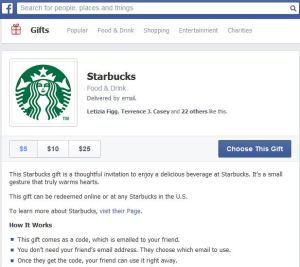“They do exist!”
Around this time every year, M&Ms/Mars airs its famous “Fainting Santa” television commercial. I saw it just a few nights ago, and my first thought was, “Man, they’re really still airing this?” And then my second thought was, “Hm, that’s kind of nice.” In truth, I found it kind of comforting. A bit of Web research wasn’t entirely conclusive, but some reports placed the ad’s debut as far back as 1996. A lot of folks might find it stale, but I found it comforting. Maybe it’s because M&Ms only has to air it one season a year, which helps keep it fresh, but mostly, I was comforted that they haven’t chosen to abandon it.
I appreciate that a large corporation has opted not to go bigger, newer, flashier, more technological, more integrated, buzzword, buzzword, buzzword. It seems nothing is able to stick around long enough to become iconic anymore. But in continuing to buy airtime for this commercial, M&Ms shows an admirable preference for tradition, nostalgia, warmth–which seems to be a savvy move as well, as these concepts are closely associated with the holidays.
Even though my first thought upon seeing the ad this year was a cynical one, I can imagine that from here on, I’ll eagerly look out for the “Fainting Santa” commercial each holiday season and feel warmed and charmed when I see it. But I can’t help but wonder: what year will it stop airing? What will replace it? Why? Whatever the reason, I hope it’s not for corporate Scroogery.

